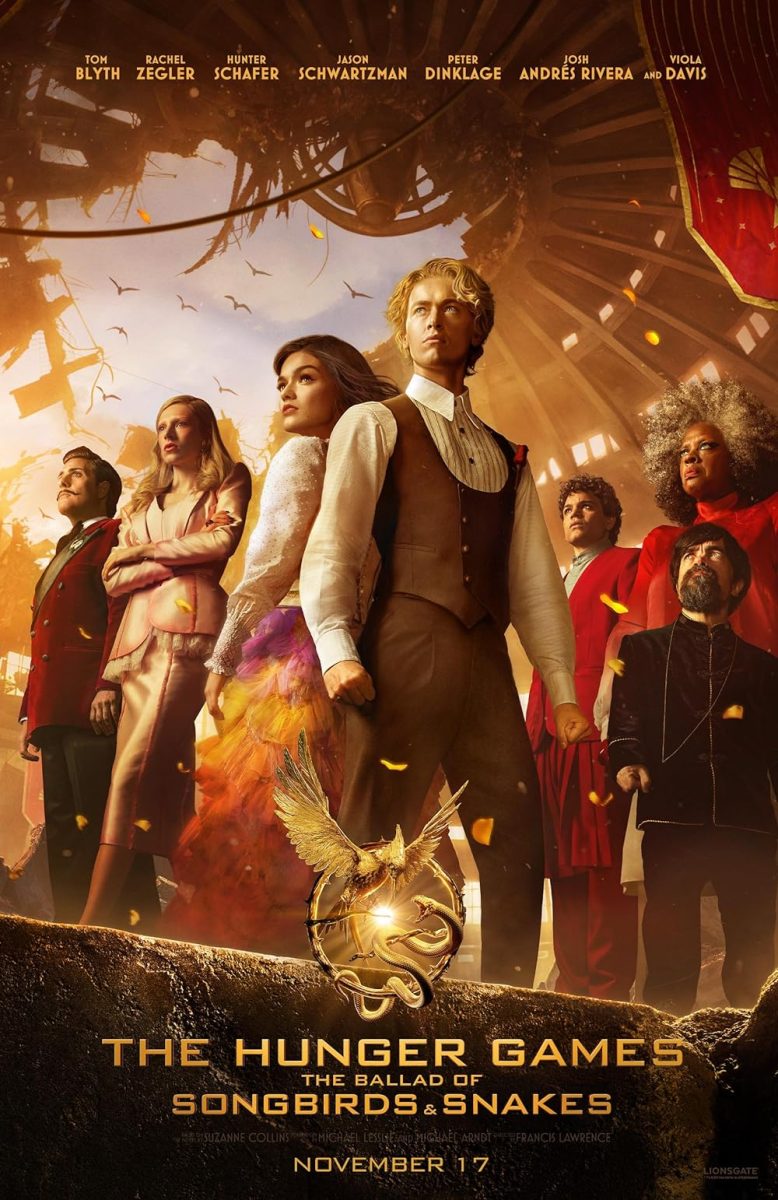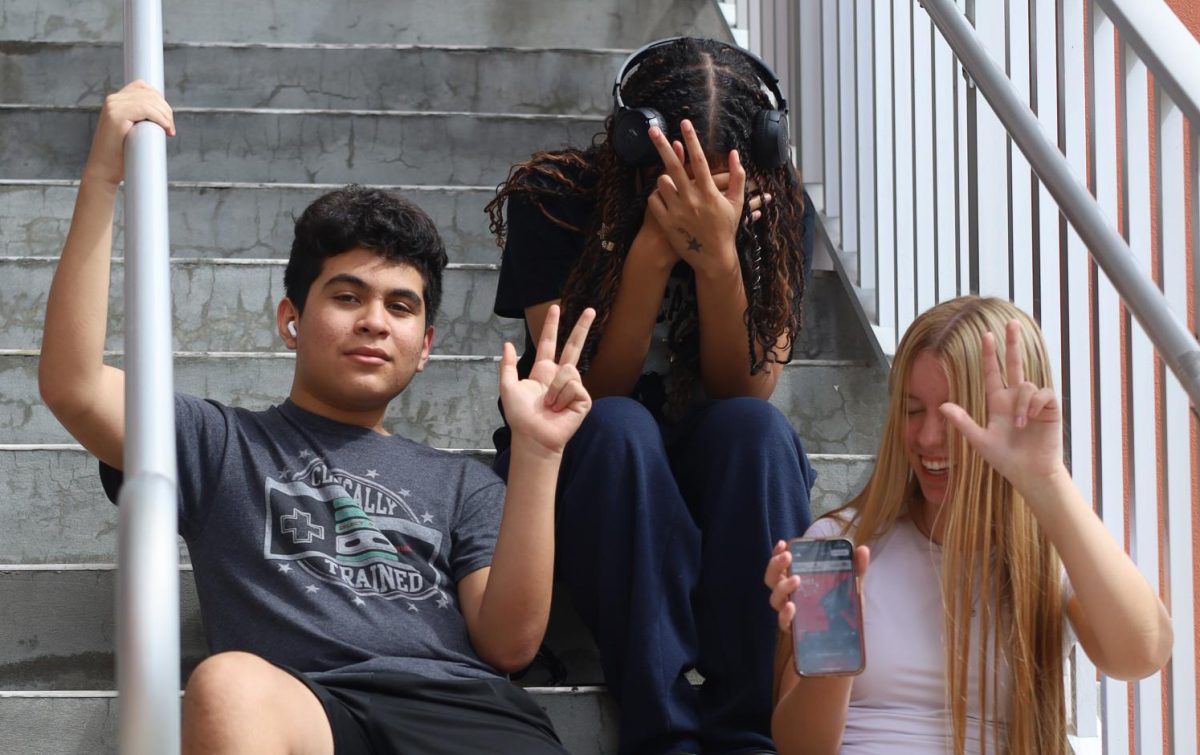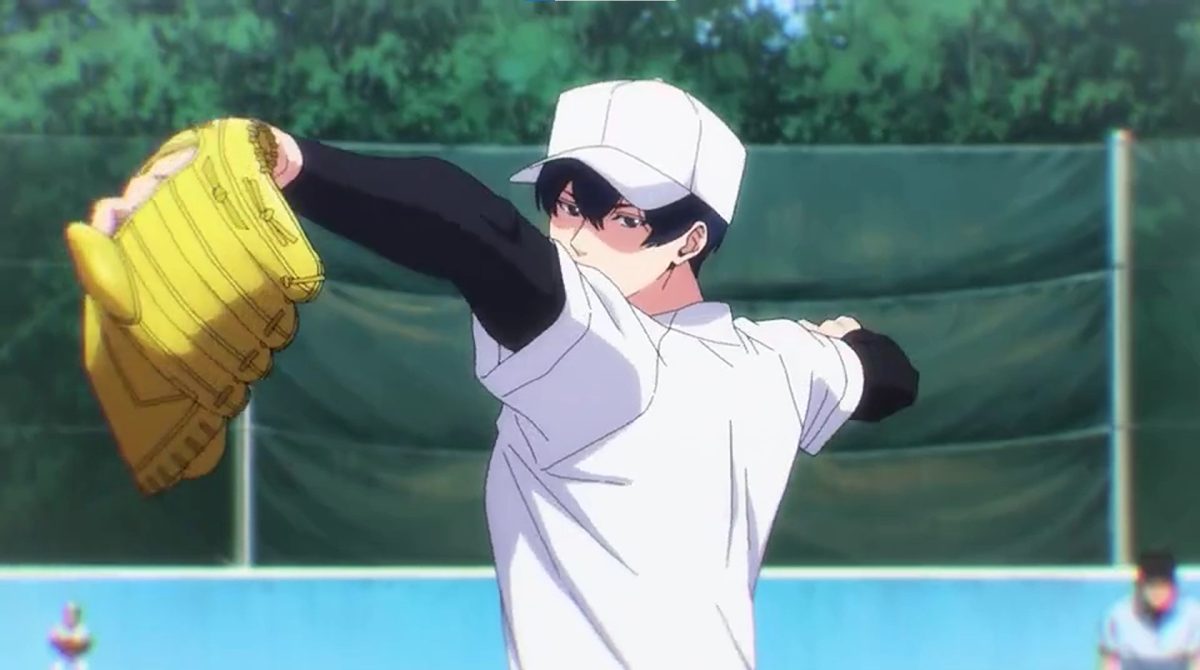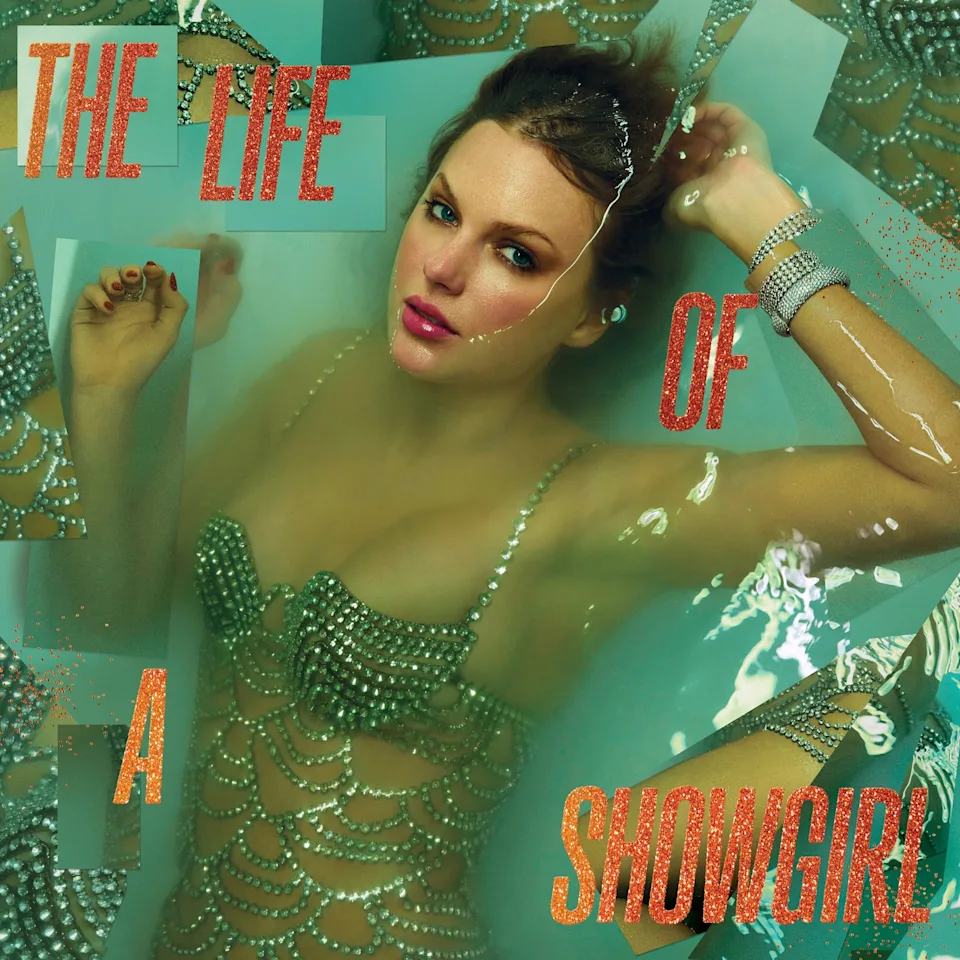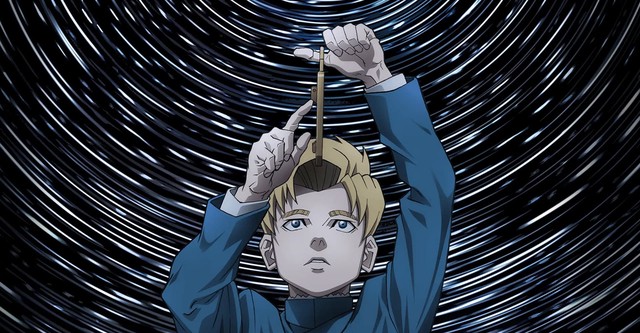The dystopian genre—stories where the characters live in seemingly perfect societies with a dark side—has fallen from its peak in the late 2010s. Of course, dystopian books, especially young adult (YA) books, are still written today, but there isn’t anything that compares to the earlier success.
However, with the release of “The Ballad of Songbirds and Snakes” in May of 2020, a prequel to the ever-famous The Hunger Games trilogy by Suzanne Collins, many fans are returning to the ever-beloved genre, as well as the series.
The Hunger Games is by no means a new franchise, the final book having been released in 2010, just two years before the first movie would hit theaters. The movie franchise made over $3.10 billion worldwide, with the debut ranking third-best in North America box office opening history at the time, up with “Harry Potter and the Deathly Hallows Part Two.” It’s no surprise that the prequel book would get a film as well.
“The Ballad of Songbirds and Snakes,” released Nov. 17, follows the villainous president of the original trilogy, Coriolanus Snow, as a young adult, and what events led him down his vicious and diabolical path. It’s a villain origin story, if you will, though much like the source material, it doesn’t have much of an explanation for his deeds, instead showing one particular time in his life that helped nudge him in the right direction. Or rather, the wrong one.
The movie is nearly three hours long, told in three “chapters” to show the progression of his story.
The lead actors are Tom Blyth as Snow, and Rachel Zegler as Snow’s female tribute and eventual love interest, Lucy Gray Baird. Both really brought their characters to life, with Zegler’s singing performances in the movie shining a hopeful light on an otherwise dark and bloody story. It was a difficult story to tell, but the cinematography and camera work was spectacular at doing just that, not shying away from the grim details of the horrible situation the characters are in.
Anyone familiar with the original trilogy and the movies that follow them knows that the costumes for the rich Capitol civilians are wild and elaborate, with bright, dramatic outfits for every occasion, and many of the fits in the film replicate that sentiment wonderfully. In one scene, the students are all wearing vibrant red uniforms, which was a visual delight.
The movie was overall a nod to the dystopian genre’s glory days, bringing fans new and old to the powerful story. The genre may not be as prevalent as it was in 2010, but many online have been enjoying reminiscing their former obsessions with the series, with review for the film commenting on how happy their younger selves would have been watching the movie, which in itself is a beautiful reaction. Fans have also returned to previous movies and books in the franchise as well, to get more from the story, and find little details they hadn’t noticed before.
However, the film itself raises many questions. What did it even add to the franchise, other than to further confirm that Snow isn’t a good person? Did Collins just realize she could make more money off of the franchise? Who exactly was asking for a President Snow backstory? Arguably, it can be a lot more disturbing when a villain character does horrifying, unexplainable acts without a designated reason. People are scared of what they don’t know.
Nitpicky questions aside, the movie was genuinely a fun watch, especially for fans of the series. While I may not have liked the direction the overall story went, fans will surely be thrilled with the adaptation. The resurgence of the series is a wonderful thing to witness, because the original story is something so important to fans and the world today. While it isn’t something that occurs in real life, dystopian books can often educate people about difficult events, helping us examine real fears from a safe distance. Sometimes, a dystopian movie is really all you need to escape the hardships of real life, and “The Ballad of Songbirds and Snakes” certainly fits.

